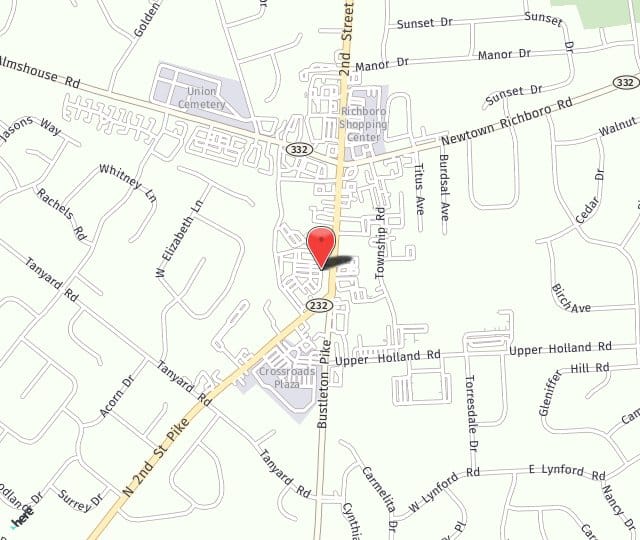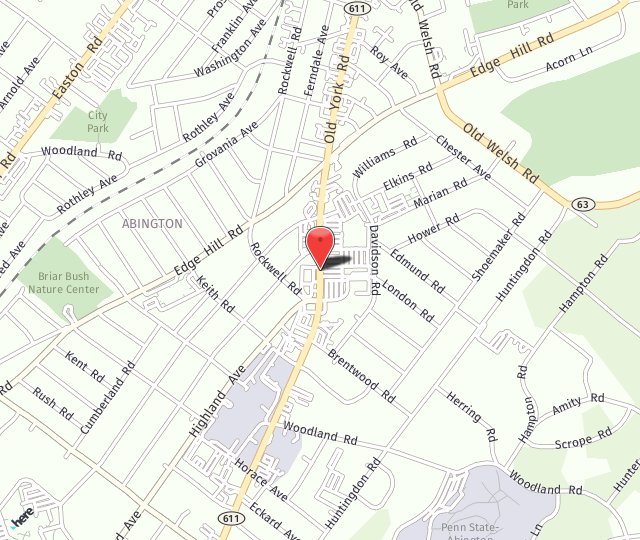Common Causes of Foot and Ankle Pain
Have you ever had agonizing pain in your foot or ankle and wondered what could have caused it? Or have you questioned whether the excruciating pain you have after rolling your ankle is just a sprain or a fracture? Various occurrences can cause pain in our foot and ankle. You may have stepped off a curb twisted your ankle. A heavy object may have fallen on your toe. Or maybe you could have ongoing ankle pain that has become unbearable. The ankle and foot have numerous bones and ligaments that all have different ways of approaching treatment.
Our foot and ankle clinic provide expertise and knowledge of the anatomy and functions of the foot and ankle, along with providing adequate treatment of common and non-common abnormalities. An orthopedic surgeon who specializes in foot and ankle surgery can examine, diagnose and treat injuries, diseases and other condition of the lower extremities.
We provide insight to the injuries (sprains and fractures), conditions and diseases and how to we provide treatment through conservative procedures and the process of diagnostic testing, imaging, minimally invasive and non-invasive surgical procedures for the foot and ankle.
Ankle Sprains
Ankle sprains are the most common of lower extremities injuries. Sprains mostly occur during recreational activities or walking on uneven surfaces, rolling the ankle, causing one or more ligaments in the ankle to stretch further than intended. Ankle sprains usually result in swelling around the area of the damaged ligaments and various types of pain, including dull aches, sharp pain, throbbing, bruising and limited range of motion.
Sprains can be treated with rest, ice, compression and elevation (R.I.C.E.). A doctor will proceed with the proper imaging, immobilizing and other conservative measures to provide adequate treatment for an ankle sprain. If an ankle sprain is not treated in a timely manner, it could result in long term problems.
Foot and Ankle Arthritis
Foot and Ankle Arthritis is a degenerative condition of the bone. Overtime the cartilage between the ankle joint begins to break down, causing pain when weight bearing, swelling and stiffness. Arthritis can be caused by numerous factors, including trauma from past injuries, rheumatoid arthritis, constant high intense activities, heredity and weight problems.
During an examination, physicians will evaluate the ankle and foot for arthritis by use of x-rays. Degenerative changes are visible on x-rays. There is no cure for arthritis but there are options to help with the pain. Adjustments to daily activities, weight loss, nutritional supplementation, physical therapy, anti-inflammatory drugs and steroid injections are offered to provide relief.
Total Ankle Replacement is a surgical procedure surgeon may use to treat arthritis of the ankle. If conservative treatment has not provided a patient with relief, this procedure is offered. It is a surgery that provides the patient with relief and better mobility, as compared to an ankle fusion, used to restrict motion of the ankle. Post-operative rehabilitation is needed to provide full function, strength and mobility.
Plantar Fasciitis
Plantar Fasciitis is the swelling and irritation of the thick band of tissue that connects the heel bone to the toes. The pain is located near the heel and arch of the foot. Typically it is described as a sharp pain under the heel when you first get out of bed in the morning. Notably, this condition can be caused by over usage from constant running, walking, standing on hard surfaces, flat feet and lack of stretching.
Stretching is the best form of treatment for plantar fasciitis. A home exercise program can be provided to the patient or a prescription for physical therapy can be given for further evaluation. Rest, anti-inflammatories and shoe inserts can also provide relief. An injection can also be an option, which a steroid is injected in the direct site of the pain.
Bunions
Bunions are a common deformity of the great toe, which begins to swell, and the boney area of the joint becomes more pronounced over time. Wearing tight, narrow shoes are usually the main cause of a bunion, happening mostly to women. Constant wear of tight, narrow shoes can rub against the bunion causing gradual pain to that area of the foot. The great toe may begin to rotate towards the second toe or under it. Bunions can be treated by wearing orthotics specifically to gradually realign the toe and shoes with more space to prevent the bunion from getting worse. If the bunion has significantly progressed, surgery to realign the bone and ligaments to the proper position would be the preferred option for treatment.
Fractures
Fractures are partial or complete breaks in bones. Fractures of the ankle usually occur through trauma to ankle or twisting inward/outward directions. The bones affected by an ankle fracture include the lower end of the leg bones, the tibia and fibula. Fractures of the foot occur in the metatarsals bone and toes. The fifth metatarsal bone is the most frequent bone that breaks. In some cases, ankles can be displaced and break through the skin, creating an open fracture. Typical symptoms of a fracture include swelling, bruising, limited range of motion and severe pain.
Most fractures of the ankle and foot can be treated with rest, non-weight bearing, immobilization with a splint, fiber glass cast and walking boot. Surgical options for fractures depend on the severity of the fracture. Typically, the goal of repairing a fracture through surgery is to realign the bone to heal in its proper placement this proper alignment may be necessary to prevent long term problems with the associated joints. With surgery there are also precautions and complications during the post operation period. An evidence-based approach to management of ankle fracture is employed when making recommendations either surgical or non-surgical. After a fracture it is common to develop joint stiffness, swelling and muscle weakness, but a physician may encourage physical therapy to regain normal function, stability and strength. Complications may occur as a result of surgical repair, infections and delayed healing can be present after surgery, which can be exacerbated by factors of cigarette smoking and diabetes.











